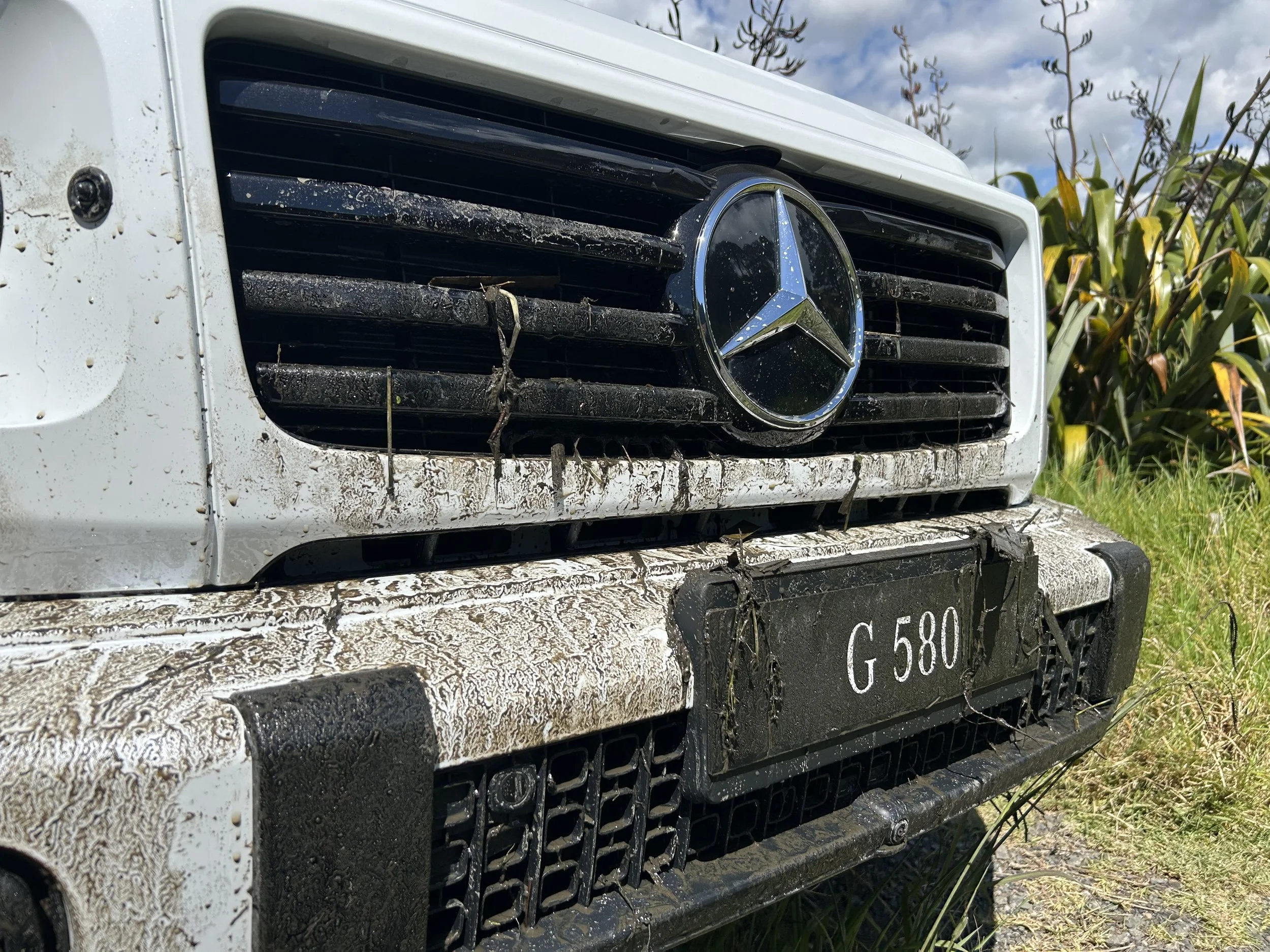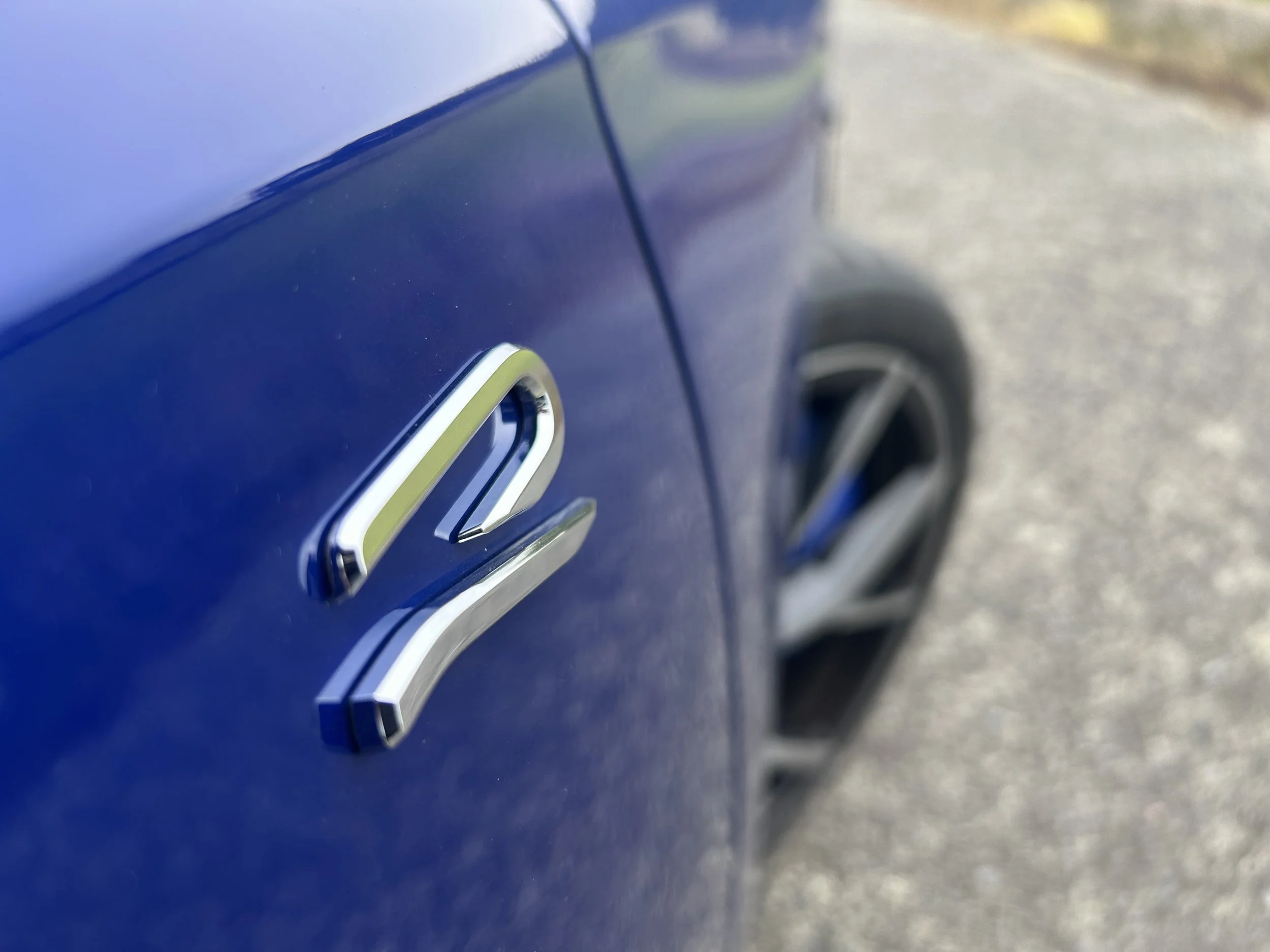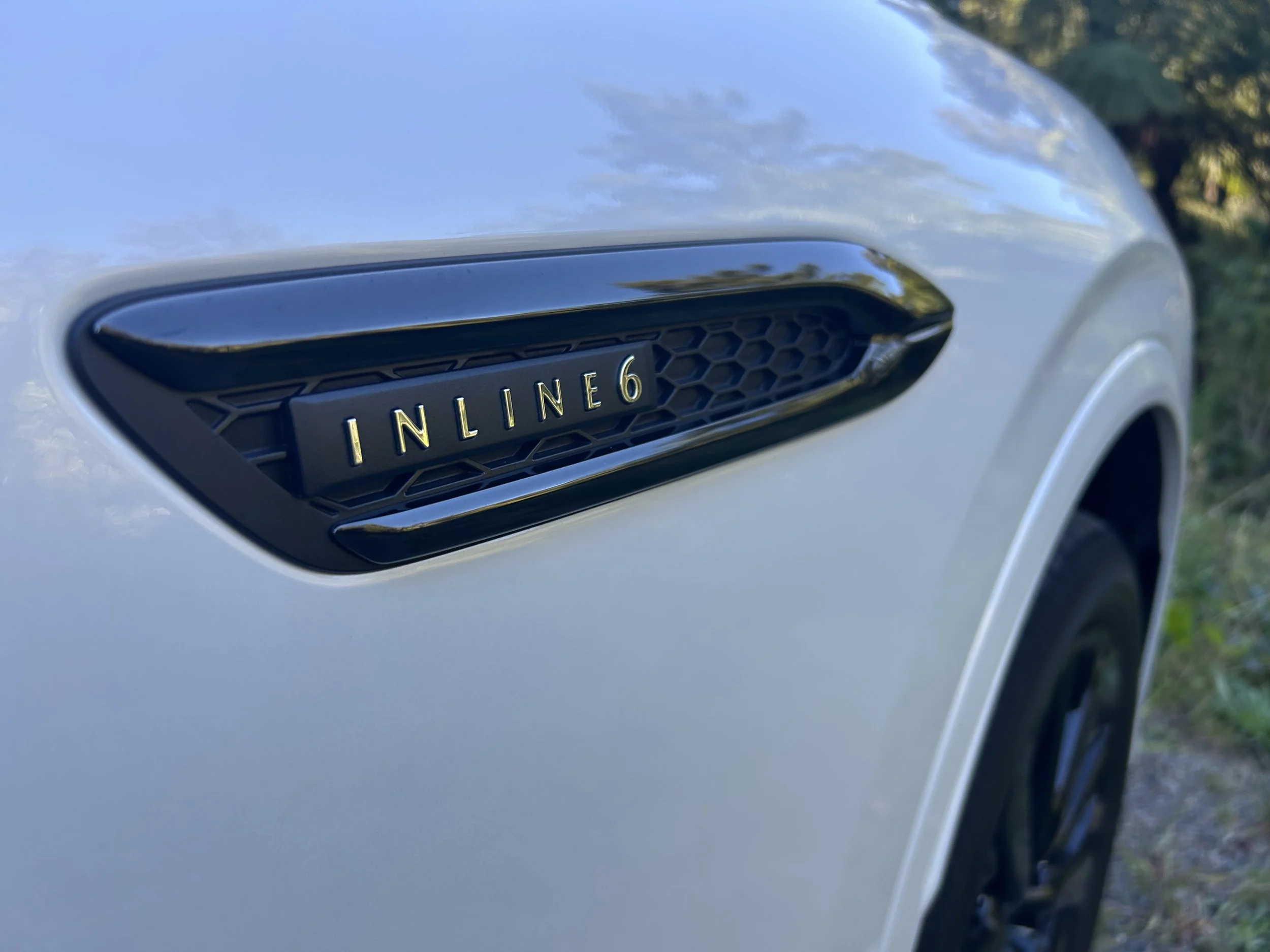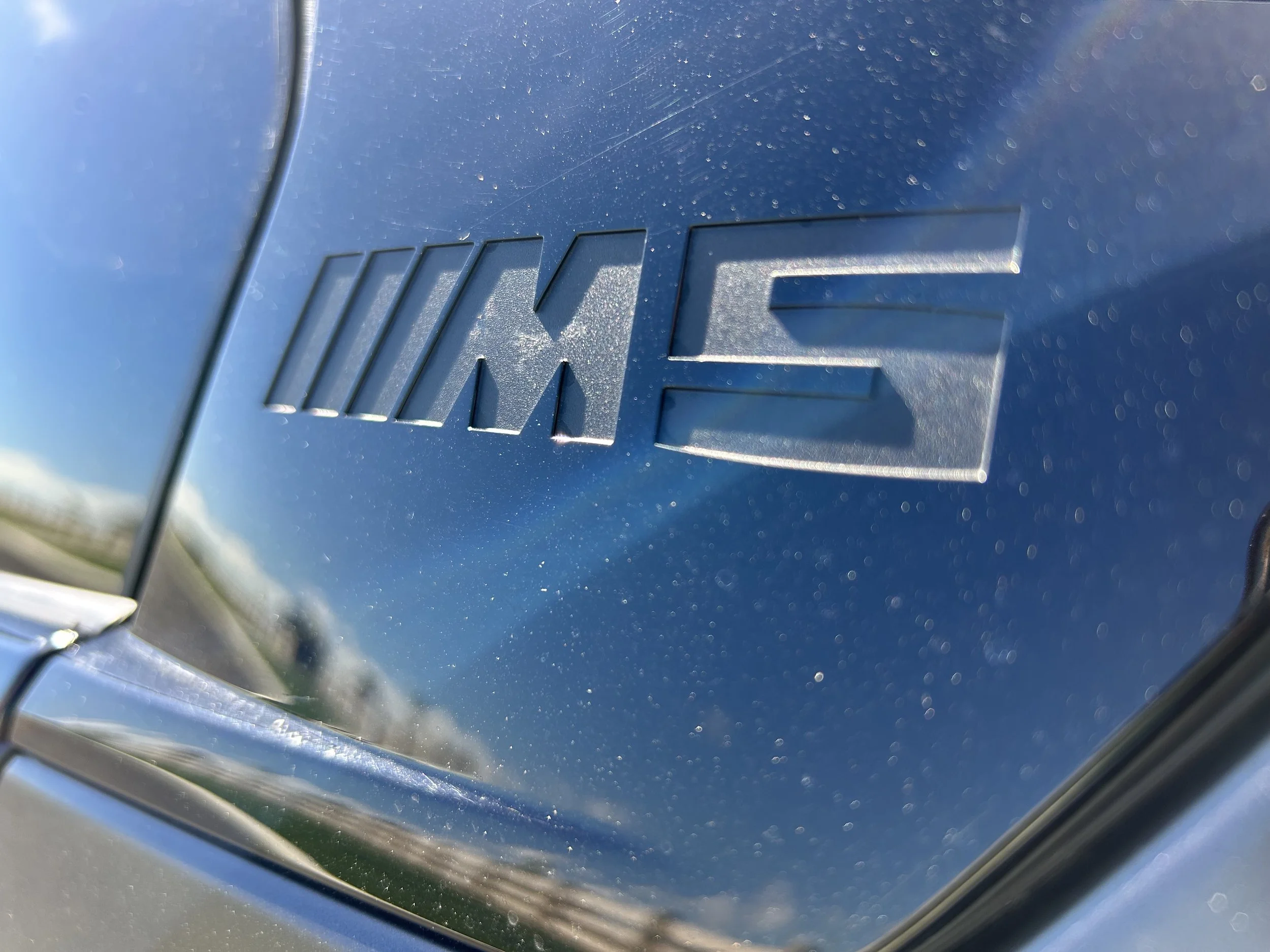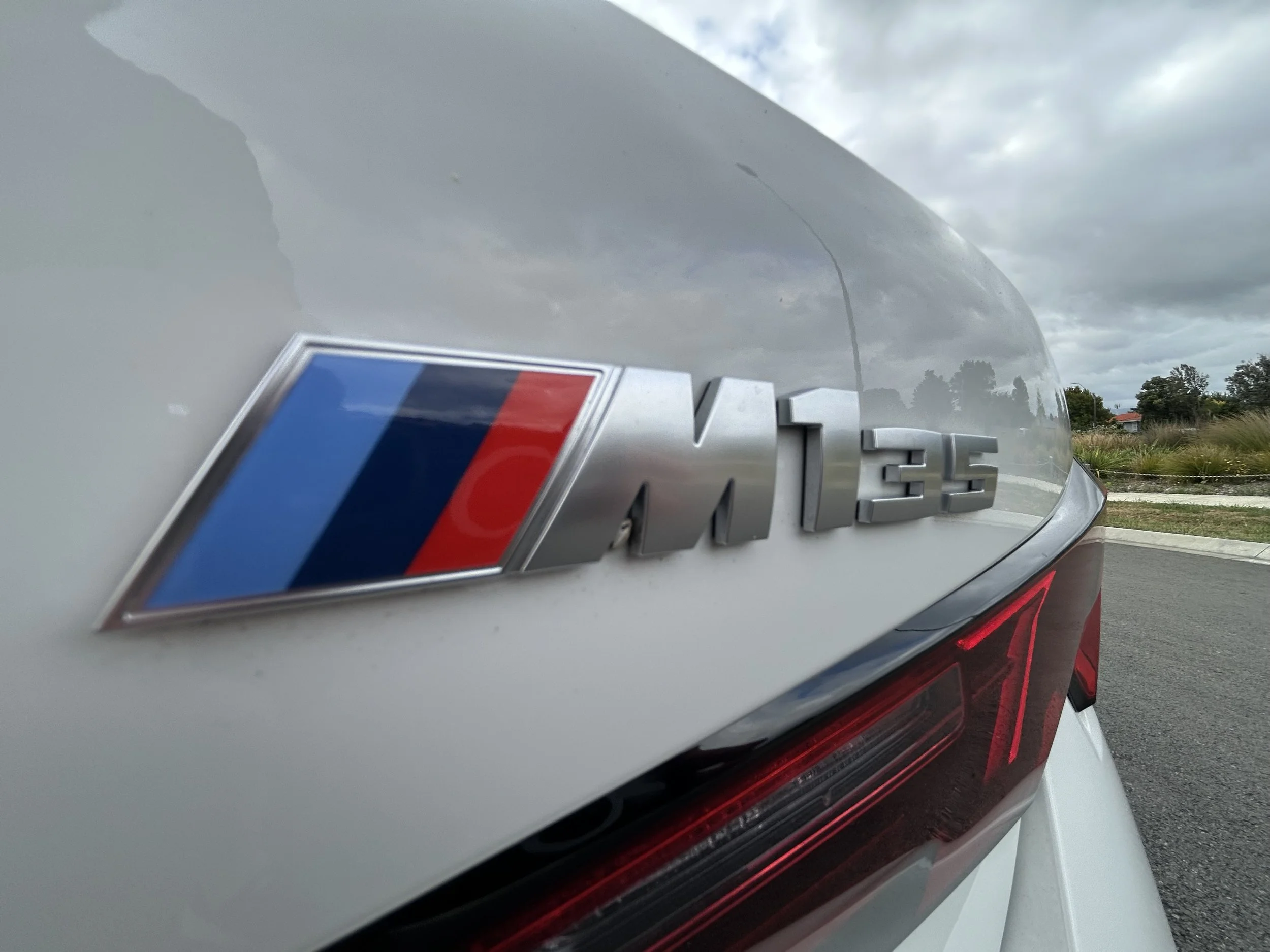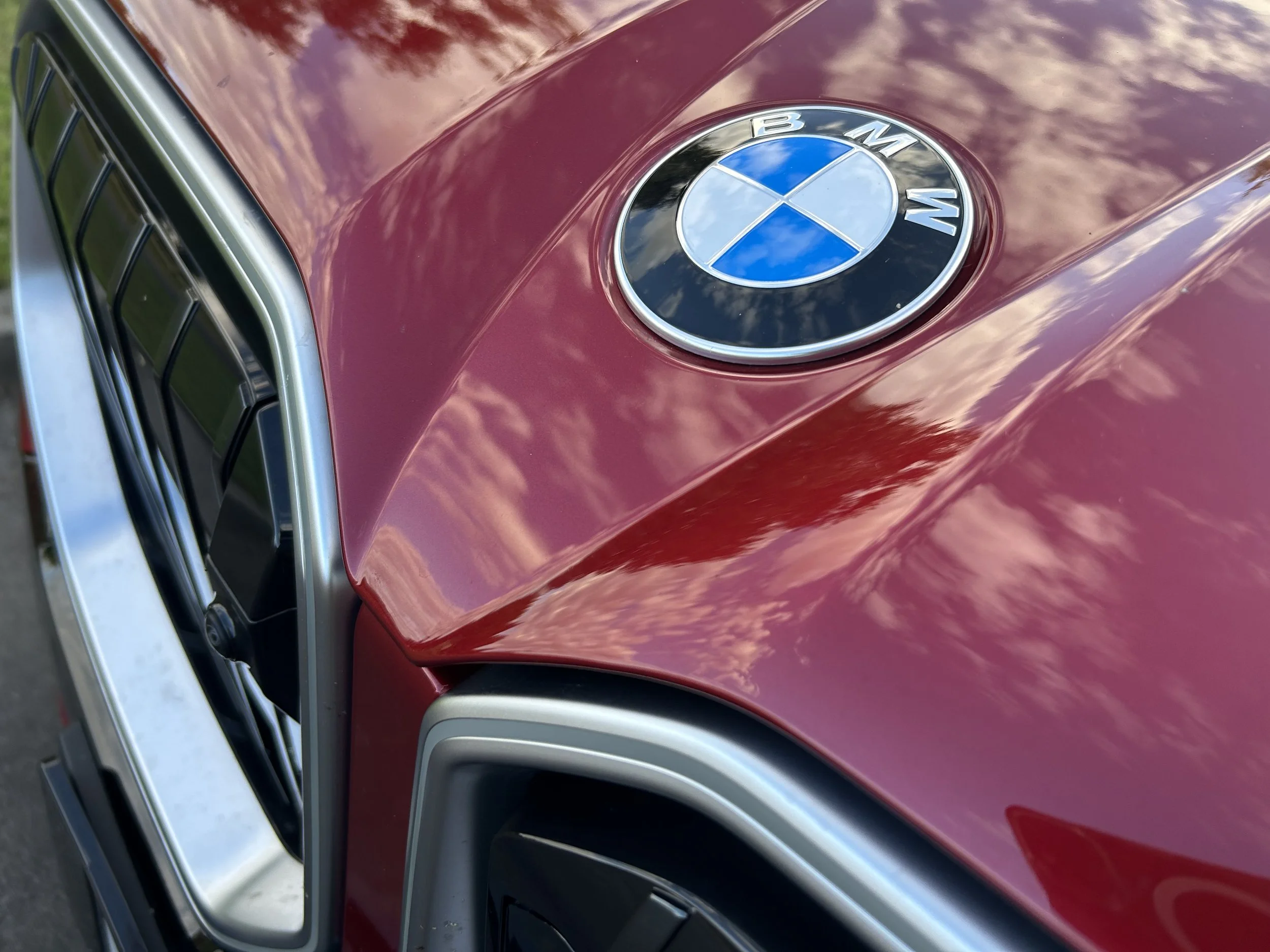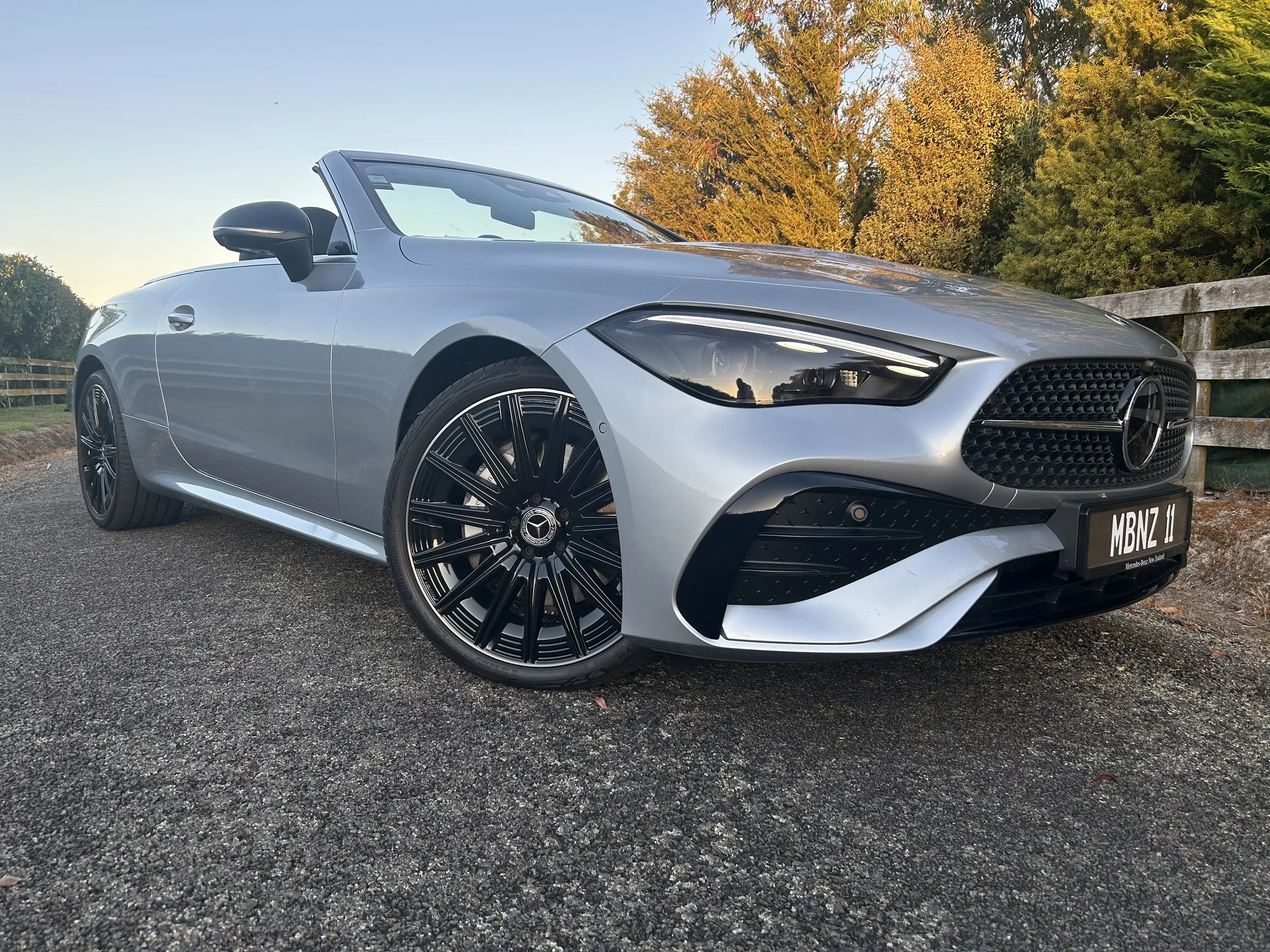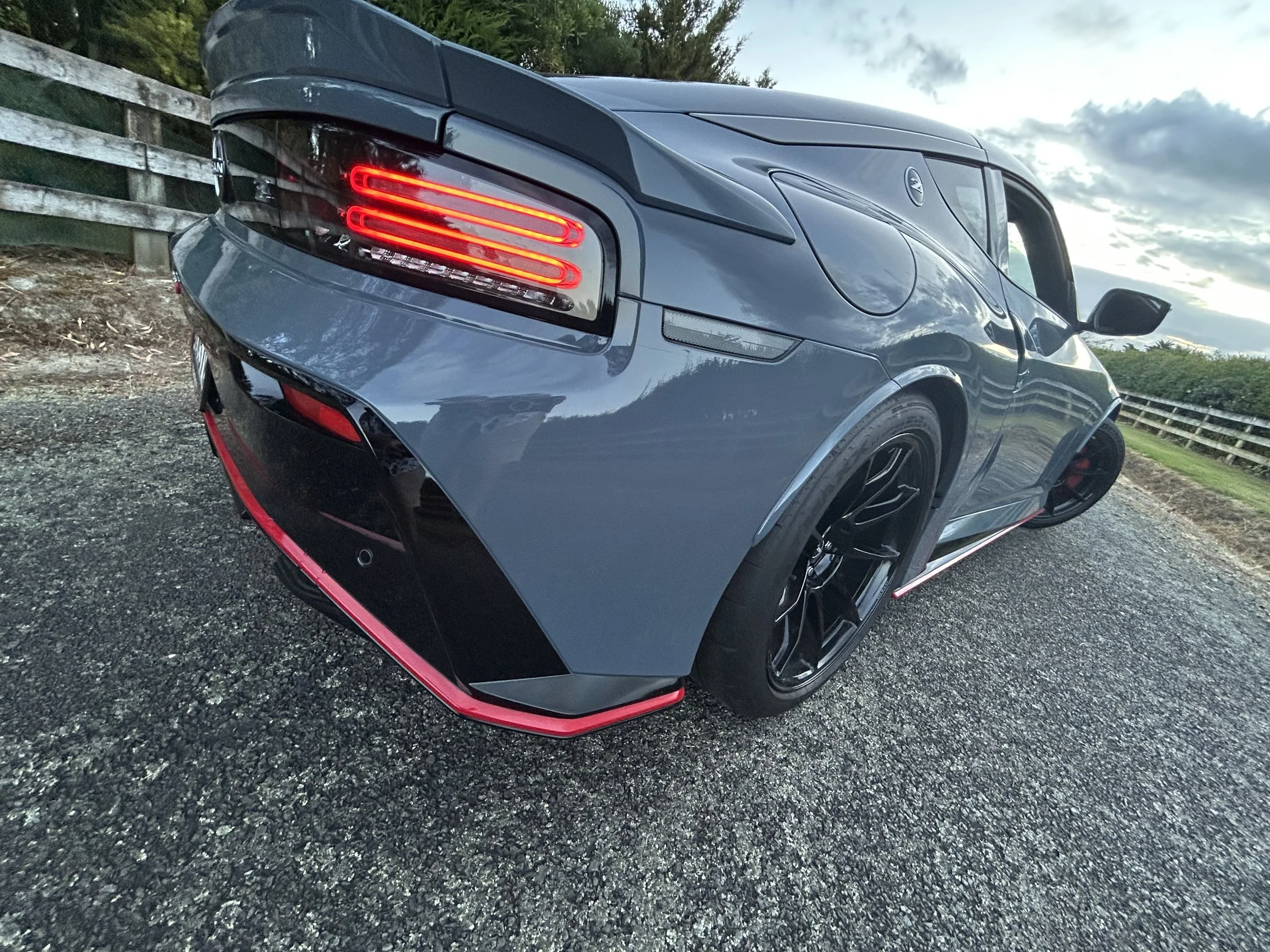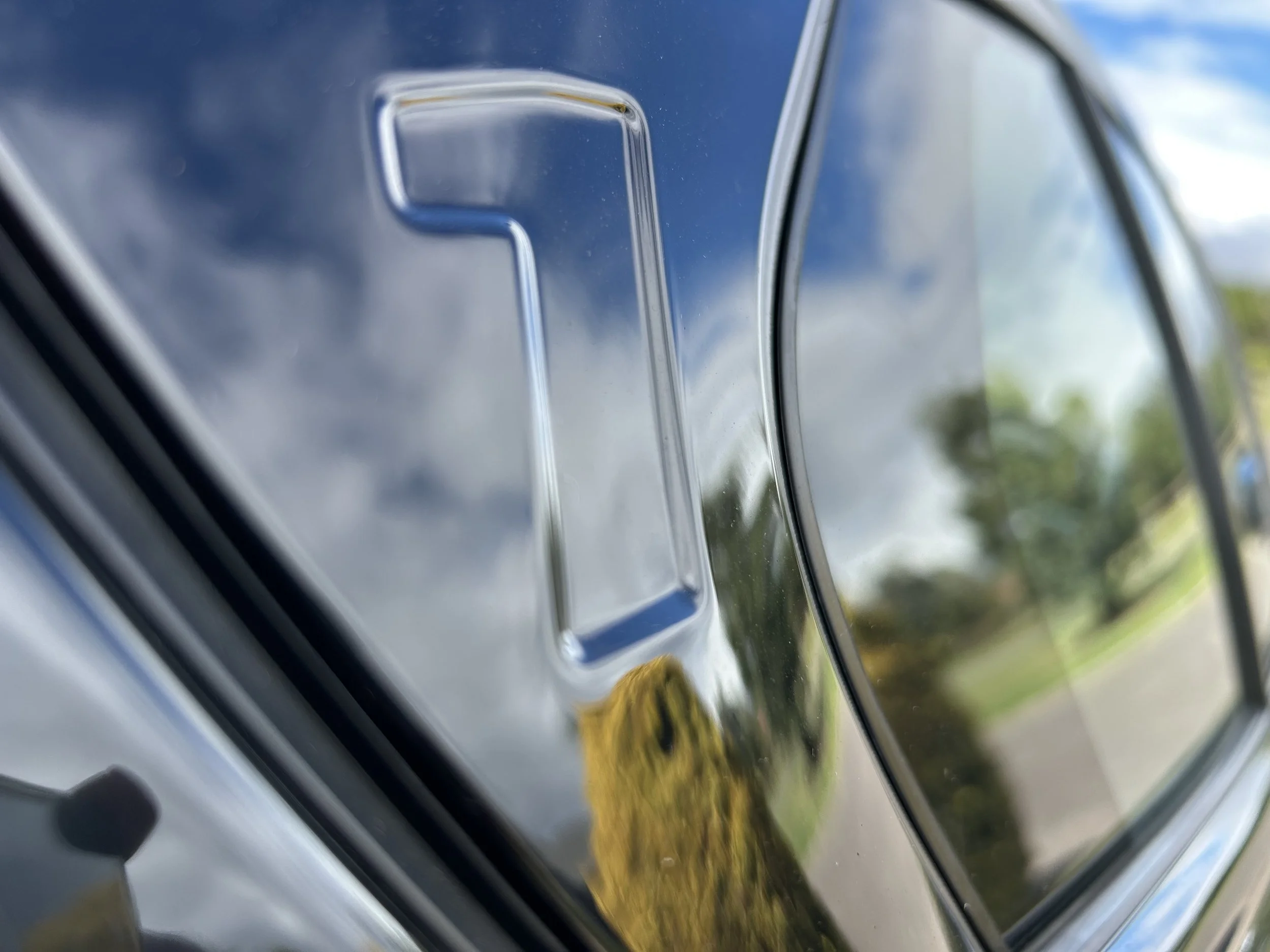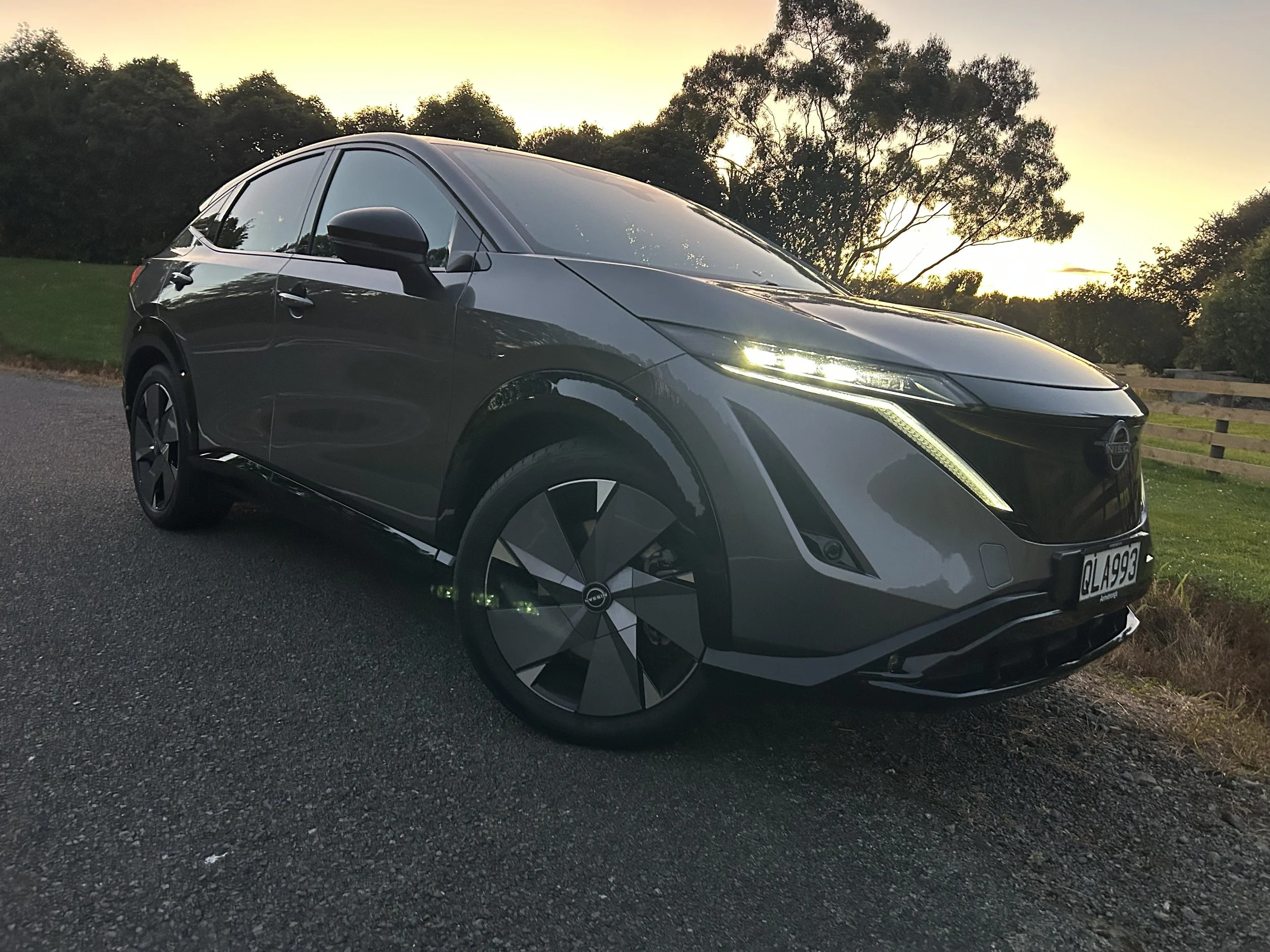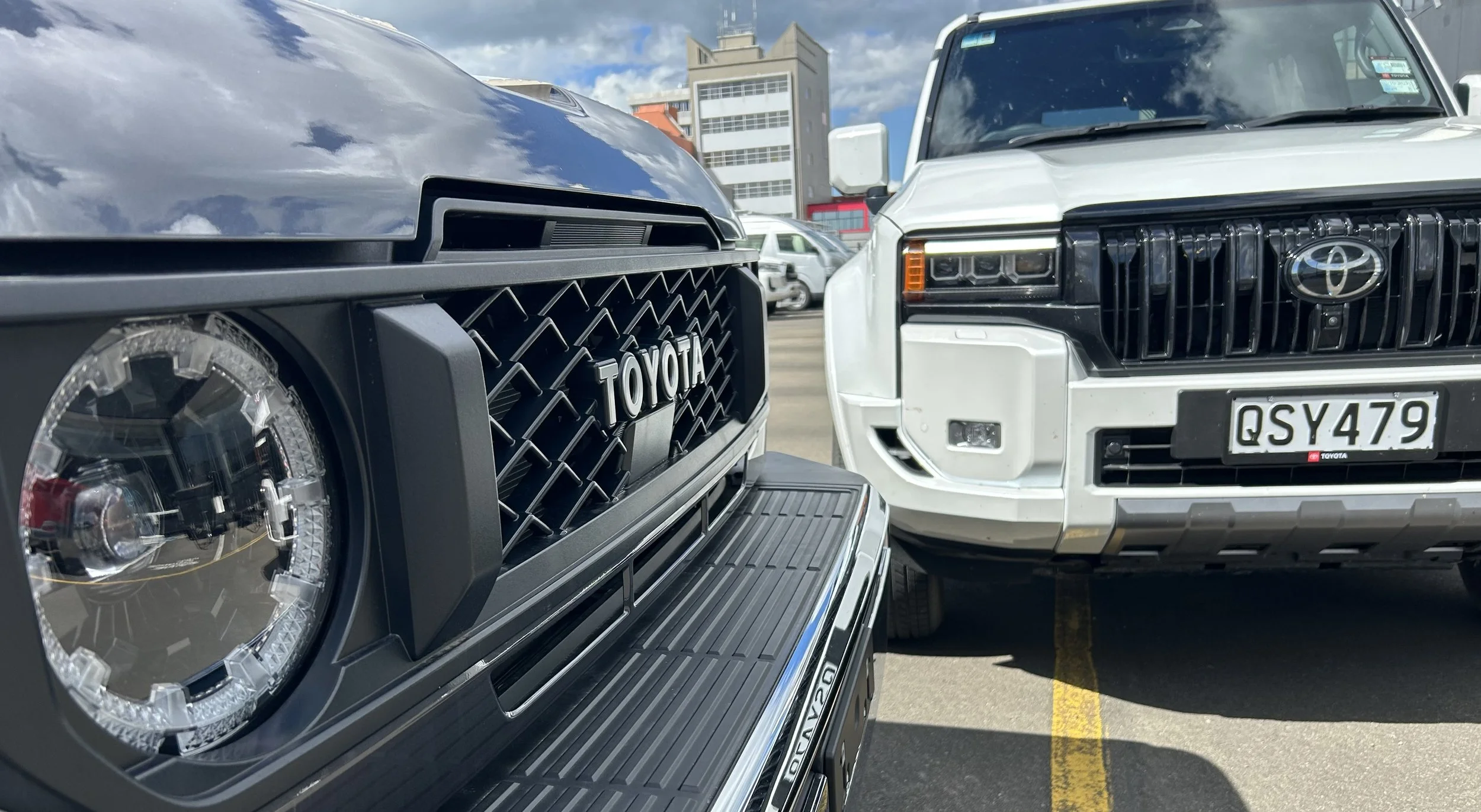More Chinese choices in tray sector
/MG entering the one-tonne game, JAC here considering PHEV for T9 and Foton has a big plan.
MORE dual cab utes from China appear to stand chance of entering the well-subscribed market.
JAC, whose first shipment of the $49,990 T9 diesel ute announced late last year is about to land, Foton - which has been here, done that and all but fallen out of our scene - and sector newcomer MG all used a motor show in Melbourne display product intended for sale in this region.
For JAC, it was the global debut of T9 in Hunter PHEV (plug-in hybrid) format (top); it’s going to add on in 2026 across the Tasman and is under evaluation for New Zealand, a spokesperson for the national distributor said today.
“We don’t have confirmed plans for NZ just yet, as with any new JAC model as a Kiwi team we’ll be sure to test it for NZ conditions before launching locally.”
MG’s NZ ambition for their U9 (second from top), which is a rebadge of the already NZ-confirmed LDV Terron 9 - LDV and MG are sister brands run by SAIC Motor, China's largest carmaker - is not clear. However, MG says the U9 will be on sale in Australia before end of this year.
Foton, meantime, is intending the Tunland V7 and V9 (bottom image) full-sized utes to deliver a resurgence for its brand presence, with Inchcape - best know as New Zealand’s Subaru distributor - behind that push. The V7 is a size match for the GWM Cannon Alpha and the V9 more closely apes the Ford F-150 truck.
Both are offered overseas with a 120kW/450Nm 2.0-litre four-cylinder turbo-diesel engine and eight-speed automatic transmission, aided by 48-volt mild-hybrid technology. A PHEV is also likely to arrive.
MG’s management for Australia is also the overlord for the NZ operation. It is bombastic about U9’s potential across the Tasman, seeing the vehicles as being a key ingredient of its plan to be among the country’s five most popular auto brands by the end of 2027 and the top three brands by the end of 2030.
“The U9 isn’t just a new model – it’s a turning point for us,” MG Motor Australia CEO Peter Ciao was quoted as telling media in Melbourne.
Differences between the MG U9 and the LDV Terron are limited to a chromed grille, fresh wheels and new badges.
As previously reported, the model(s) are distinctly larger than the Ranger and Hilux, measuring 5.5 metres long, almost 2.0 metres wide and being 1860mm high on a 3300mm wheelbase. They have 220mm of ground clearance.
MG is keen to start with a 164kW/520Nm 2.5-litre four-cylinder turbo-diesel engine, capable of towing 3500kg, with drive sent either to the rear or all four wheels through an eight-speed automatic transmission.
LDV here has previously indicated interest in delivering the Terron with an alternate full electric drivetrain, with 200kW single-motor rear-wheel drive and 325kW dual-motor four-wheel drive layouts possible, both fed by a 102kWh lithium iron phosphate (LFP) battery pack. This can provide up to 430km of claimed driving range based on the WLTP test cycle in the dual-motor variant.
MG Motor Australia says it doesn’t yet see battery-electric utes as a good fit yet.
JAC’s aspiration for electric involves,ent has also been coy; the T9 also already builds in full electric, but the NZ distributor has already said no to that, at least for now.
The Hunter PHEV would seem a good rival to the Ford Ranger PHEV, the BYD Shark 6 and the GWM Cannon Alpha, though it out-grunts all.
Dubbed the most powerful JAC ever, the Hunter PHEV is powered by a 2.0-litre turbocharged four-cylinder petrol engine and dual electric motors producing total system outputs of 385kW of power and no less than 1000Nm of torque. The power count is 64kW up on the Shark and 85kW above the Cannon Alpha, while torque advantage is by 350Nm and 250Nm respectively.
By comparison the diesel T9 is powered a 2.0-litre turbo-diesel four-cylinder engine and has a eight-speed automatic gearbox. Peak outputs are 125kW and 410Nm, running through a part-time four-wheel-drive system with a low-range transfer case and locking rear differential.
The PHEV has a 32kWh lithium iron phosphate (LFP) battery, and this allows the PHEV ute to travel “at least” 100km on electric power alone. The ute also has vehicle-to-load (V2L) charging capability so it can power electrical appliances.
JAC claims the Hunter PHEV possesses the “hard-working payload and towing capabilities our region would expect of a dual-cab ute”. The T9 turbo-diesel currently has a braked towing capacity of 3200kg and a payload of 1045kg.
The NZ spokesperson said NZ consumer comment on T9 Diesel has been positive and said “early feedback toward the T9 PHEV has been encouraging, so we will keep exploring options that would fit what Kiwis like to do with their utes… including loading them up and towing loads.
“It’s about making sure they are up to par … the T9 Hunter PHEV is definitely setting a precedent in this area for what JAC can achieve.”
Inside, the Hunter PHEV looks very similar to the turbo-diesel, though a key difference is there’s a rotary gear selector instead of a traditional gear shifter.








